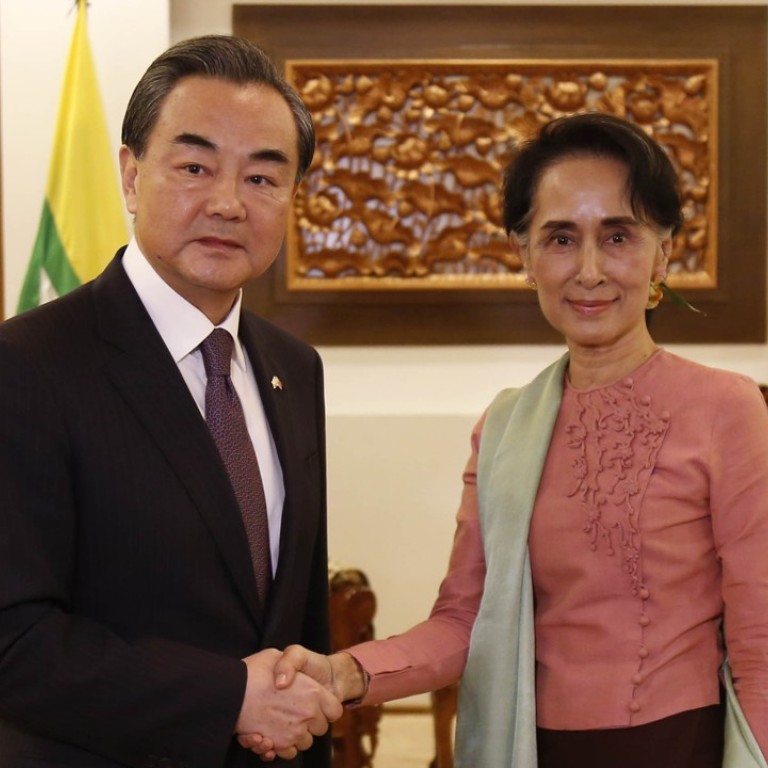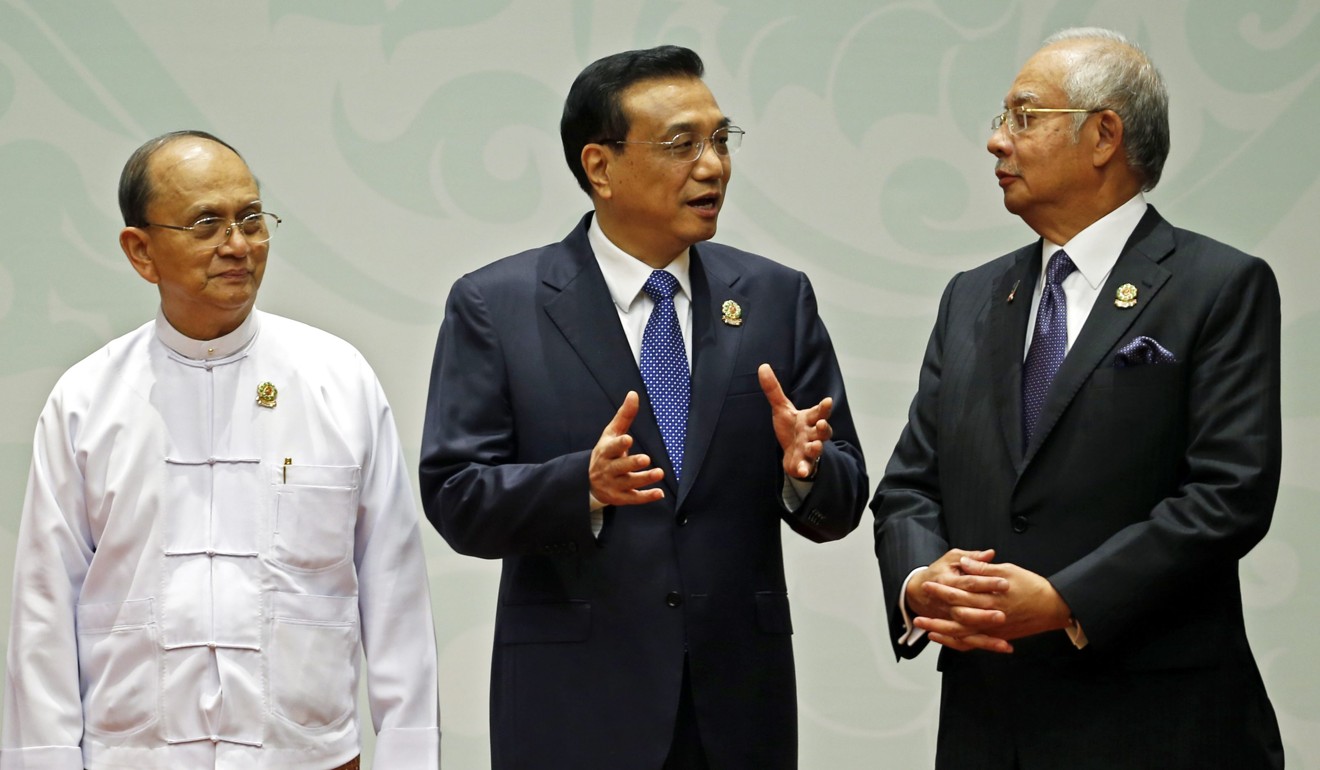
China flexes its diplomatic muscle on the Rohingya crisis, cashing in on ties with Myanmar and Bangladesh
Bob Savic says China’s offer to mediate between Myanmar and Bangladesh – in order to solve the core issues of the Rohingya refugee crisis – is an extension of its diplomatic Belt and Road Initiative
China eyes closer military cooperation with Myanmar as it looks to expand sphere of influence near India’s borders
In laying the foundations for this multidimensional development to deal with political and humanitarian crises, China has crafted “partnerships” with an increasing number of countries, including Myanmar and Bangladesh, over the past 20 years.
Five biggest Chinese investments in the Pakistan arm of the Belt and Road Initiative
Until now these “partnerships”, as China’s principal form of diplomacy, have been viewed by some in the international community, particularly in Western circles, as more akin to memorandums of understanding, avoiding binding commitments.
Even so, China has employed such “partnerships” to carefully foster bilateral relations with other countries built on several underlying principles, one of which is “mutual trust”, rather than strict adherence to provisions of agreements typically arising from legally binding treaties.
This agreement affirmed China’s respect for Myanmar’s independence, sovereignty and territorial integrity. It also facilitated China’s support for Myanmar’s internal reforms and development, including the domestic peace process.

Myanmar and Bangladesh sign deal to repatriate Rohingya who fled ‘ethnic cleansing’ in Rakhine state
In August 2016, during an official visit by Suu Kyi, the two sides agreed for China to help Myanmar’s economic and social development, as well as undertake measures to support Myanmar’s efforts in achieving domestic peace and national reconciliation through political dialogue.
Most significantly, the bilateral partnership included the initiative to “build the Silk Road Economic Belt and the 21st Century Maritime Silk Road put forward by China”. In this regard, they agreed to carry forward the “spirit of peace, openness, mutual respect, [and] benefit...”
China and Pakistan agree to push forward economic corridor plan after dam deal scrapped
Moreover, the partnership included establishing a Bangladesh-China-India-Myanmar economic corridor, cementing the economic future of these countries, especially between Myanmar and Bangladesh in the announcement of various infrastructure projects such as roads and pipelines alongside the upgraded partnership.
China and Bangladesh established their comprehensive strategic partnership in June 2014, signed by Li and Bangladesh’s prime minister, Sheikh Hasina. Under the partnership, both governments stated that countries should work together to advance common security concerns through cooperative and sustainable efforts.

As America falters and Europe declines, look east to see the future
Furthermore, both sides agreed to the Bangladesh-China-India-Myanmar economic corridor, among other initiatives for deepening cooperation and all-round development of the region.
Bob Savic is a senior research fellow at the Global Policy Institute, London, UK

